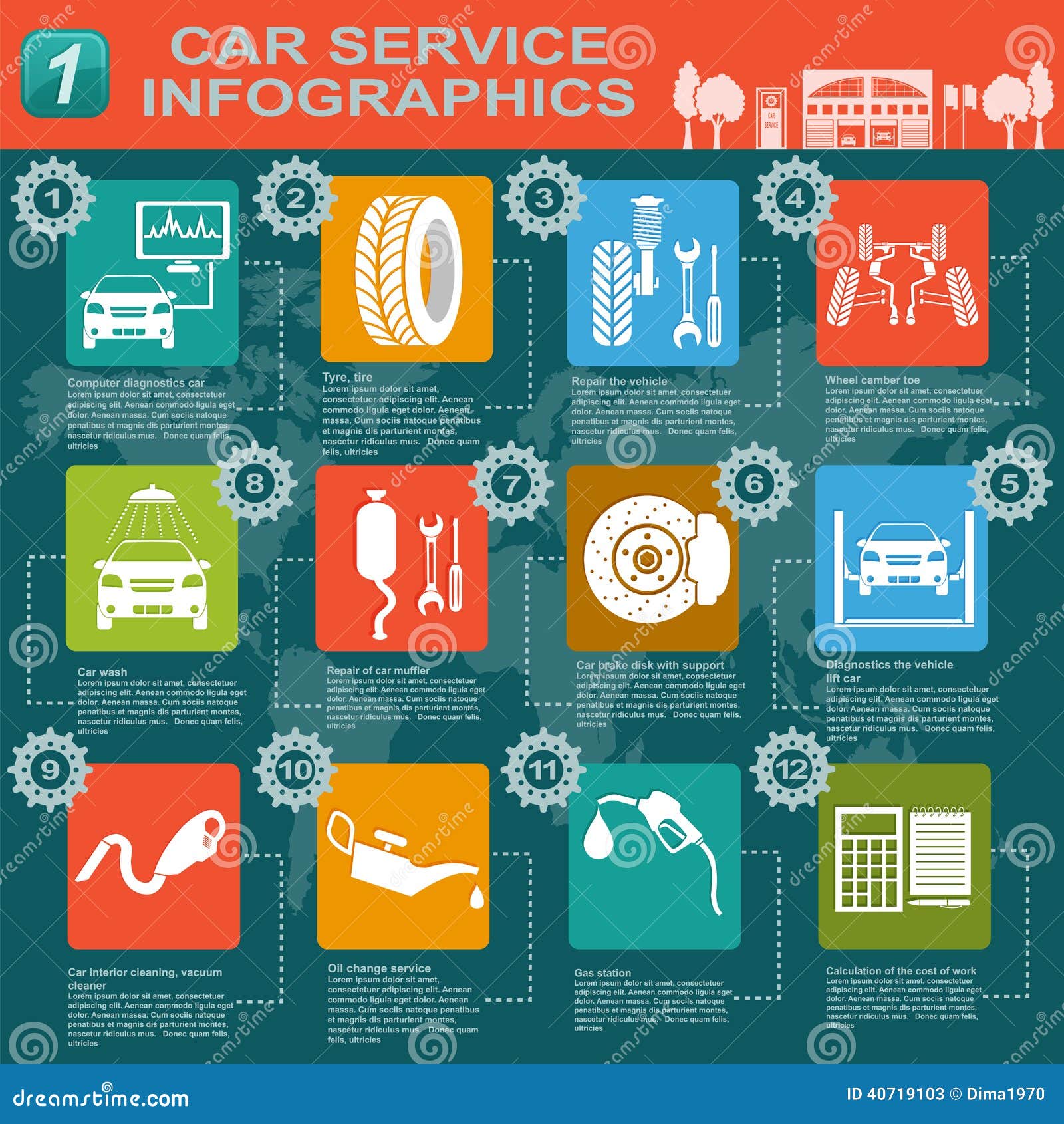Seeking Quality On The Caution Lights Presented On Your Automobile'S Control Panel? Find Out How They Relate To Your Automobile'S Health And Wellness
Seeking Quality On The Caution Lights Presented On Your Automobile'S Control Panel? Find Out How They Relate To Your Automobile'S Health And Wellness
Blog Article
Written By-Boye Dalgaard
When you lag the wheel, those beautiful caution lights on your control panel can be a little bit bewildering. Do you understand what they're attempting to tell you about your car's health? Comprehending the relevance of these lights is important for your safety and security and the durability of your vehicle. So, mobile detailing business following time one of those lights turns up, wouldn't you want to understand its message accurately and take the essential steps to address it?
Common Caution Lights and Interpretations
Determine typical caution lights in your car and recognize their definitions to make certain secure driving.
One of the most normal caution lights include the check engine light, which signals issues with the engine or exhausts system. If this light begins, it's crucial to have your automobile examined immediately.
The oil stress warning light indicates reduced oil pressure, requiring instant focus to avoid engine damage.
A blinking battery light might recommend a defective charging system, potentially leaving you stranded if not dealt with.
The tire pressure surveillance system (TPMS) light alerts you to low tire stress, influencing vehicle stability and gas performance. Disregarding this could cause harmful driving conditions.
The abdominal muscle light shows a trouble with the anti-lock stopping system, endangering your capacity to stop promptly in emergency situations.
Lastly, the coolant temperature level cautioning light warns of engine overheating, which can cause severe damage if not fixed quickly.
Understanding these typical caution lights will help you deal with concerns immediately and preserve safe driving conditions.
Value of Prompt Attention
Understanding the typical warning lights in your car is only the primary step; the significance of quickly attending to these cautions can't be stressed sufficient to guarantee your safety when traveling.
When a warning light brightens on your dashboard, it's your automobile's method of connecting a possible issue that needs interest. Disregarding these warnings can cause much more severe problems later on, jeopardizing your safety and potentially costing you a lot more out of commission.
Prompt attention to warning lights can stop breakdowns and accidents. For example, a blinking check engine light can show a misfire that, if left ignored, can trigger damage to the catalytic converter. Resolving this quickly can conserve you from a pricey repair service.
In a similar way, a brake system alerting light might indicate low brake fluid or worn brake pads, critical parts for your security when driving.
Do It Yourself Troubleshooting Tips
If you discover a caution light on your control panel, there are a couple of do it yourself fixing suggestions you can try prior to looking for specialist assistance.
The initial step is to consult your auto's handbook to understand what the details caution light shows. Often the concern can be as straightforward as a loose gas cap activating the check engine light. Tightening up the gas cap might resolve the trouble.
Another usual issue is a reduced battery, which can cause numerous cautioning lights. Examining the battery links for rust and guaranteeing they're safe could repair the problem.
If a caution light persists, you can attempt resetting it by separating the auto's battery for a couple of mins and afterwards reconnecting it. In addition, inspecting your automobile's liquid degrees, such as oil, coolant, and brake fluid, can help troubleshoot advising lights associated with these systems.
Final thought
To conclude, recognizing your vehicle's caution lights is essential for keeping your automobile running efficiently and securely. By quickly attending to boat wash and knowing what they mean, you can avoid expensive repair services and possible failures.
Keep in mind to consult your car's manual for specific details on each warning light and take action accordingly to make sure a hassle-free driving experience.
Stay informed, stay risk-free on the road!
